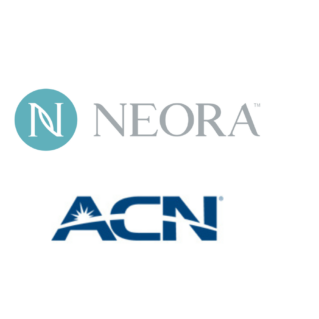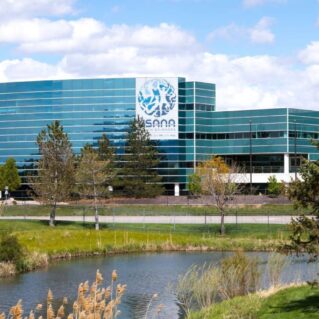Next month, the U.S. Senate and House of Representatives are expected to meet to reconcile differences in their versions of the Farm Bill.
One of the key points to be considered, the legalization of industrial hemp, is being carefully monitored by several direct selling companies looking to take part in what is expected to be a major boom over the next decade in the legal sales of cannabis products for both medical and recreational purposes.
According to recent data published by Forbes, citing Brightfield Group, the global cannabis market is projected to reach $31.4 billion by 2021. By end of 2017, the global market value was estimated at $7.7 billion, in which the U.S. held about 90 percent of total sales. While the U.S. is expected to account for only 57 percent of global cannabis sales by 2021—due to other countries that have or are in the process of easing regulations—the cannabis market is expected to continue to grow at a CAGR of 60 percent.
The Canadian market is expected to heavily contribute to the growing cannabis market due to the recently passing of the historic Cannabis Act. Recreational marijuana use will be legal in Canada come October 17, and those wishing to market and distribute hemp products will be required to obtain and LNHPN (Licensed Natural Health Product Number) from Health Canada.
Canada became only the second country in the world to permit a nationwide marijuana market, joining Uruguay as the only countries to legalize cannabis on a federal level. Uruguay legalized marijuana’s production, sale and consumption in December 2013.
Here in the U.S., nine states and the District of Columbia currently allow for recreational marijuana use, and 30 allow for medical use. On June 28, the U.S. Senate voted to legalize industrial hemp after a decades-long ban under marijuana prohibition. With the Senate passing of the Hemp Farming Act, the provisions of which were included in the larger Farm Bill, the non-psychoactive cannabis cousin of marijuana may finally become legal again to grow in the United States. However, the House farm bill does not mention hemp, which, because of its similarity to marijuana, is labeled a controlled substance.
What is the difference between marijuana and hemp?
The Cannabis sativa plant contains over 100 known cannabinoids, a class of chemical compounds that can alter neurotransmitter release in the brain. When found to have high tetrahydrocannabinol (THC) levels, the plant is referred to as marijuana. When THC levels are low, it is called a hemp plant, which has been widely used in several applications for centuries. Hemp can be used in everything from the production of fiber, to skin care products, to food. A by-product of hemp is cannabidiol (CBD) oil, which has been found to have wellness benefits and which currently makes up the highest percentage of the sales of hemp in the U.S. market. It is this use of hemp that direct selling companies are interested in.
Because selling American hemp is still largely restricted, parts of the market are highly reliant on products imported from China and Canada. Still, according to the Hemp Business Journal, the U.S. hemp market pulled in $820 million in sales in 2017. With growth projected at almost $2 billion by 2022, there is high optimism that American growers can secure a large part of this market.


